9 Helpful Steps to Navigate Spain’s Entry Requirements (with health form instructions)

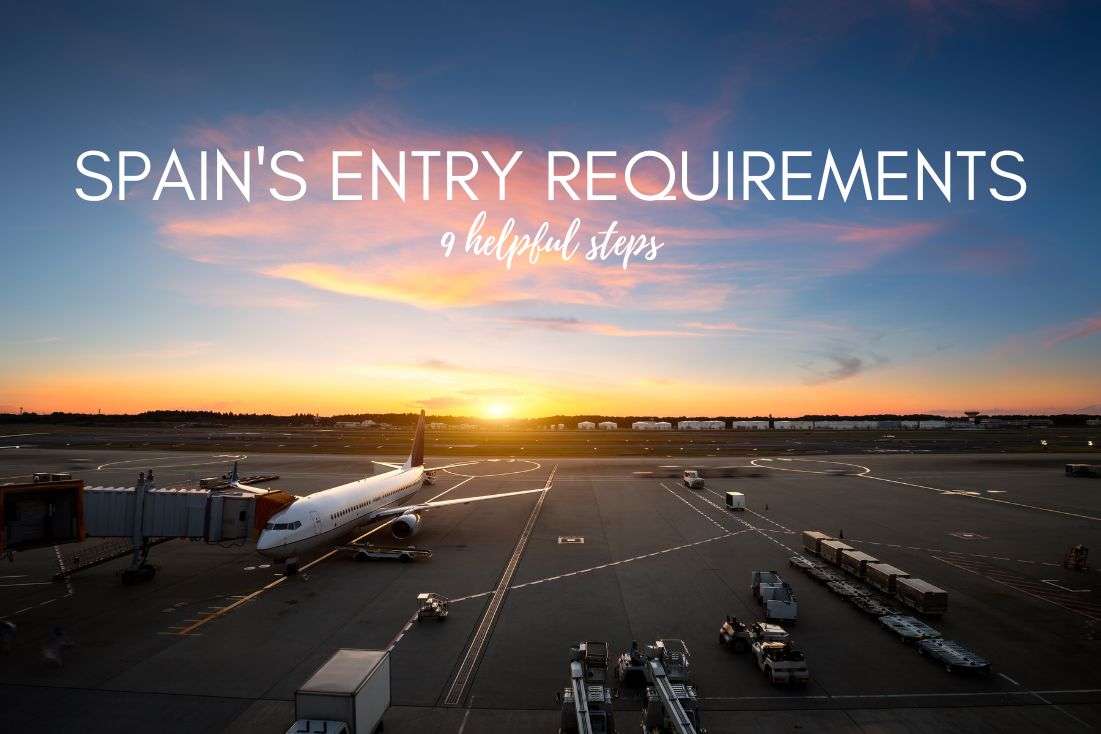
Whether you’ve been traveling all through covid or are just emerging from your den like a covid groundhog, you’re thinking about Spain as your next destination, huh? Isn’t it great to be able to travel (again)?
While I do reminisce about the times when face masks weren’t an automatic travel accessory, I haven’t been deterred from travel by this pandemic. During travel to places like Chile, Mexico, South Africa and yes, Spain, I humbly think I deserve some sort of knighthood for navigating the ever-changing covid restrictions of the world. Or at least a small trophy.
I congratulate you for finding this post, for it is the single most useful source of Spain’s travel restrictions. Now you, too, can reap the benefits of my experience for your own trip. I mentioned I was humble, right?
I’m just kidding, I’m not that full of myself. But I do think this will be useful for your travels. You’ll be eating tapas and baking on the beaches of Mallorca in no time!
You might also be interested in reading:
- Andalusia Itinerary: Southern Spain in 10 Days
- Barcelona Itinerary: 5 days in Gaudí’s Metropole (with day trips)
- The 16 Most Beautiful Beaches in Spain
- 2 Day Itinerary for Madrid
- 2 Weeks Spain Itinerary
Your guide to Spain’s current entry requirements
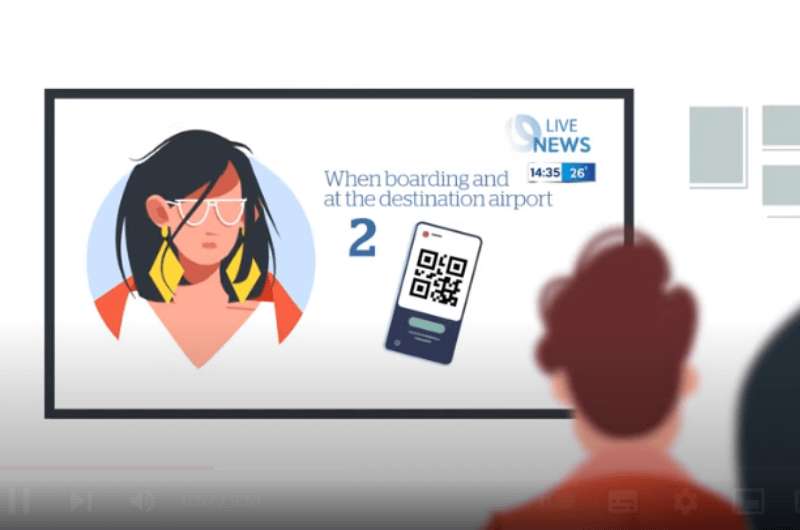
Look how cool she looks! This is the lady from Spain’s Entry Requirements video
To make this post useful for longer than a week, I’ve focused on including links to websites where you will need check the current entry requirements before you travel to Spain. There’s no use telling you what Spain’s travel restrictions are now, in the beginning of February 2022, when they update them literally every 7 days.
I’ve got to say that Spain has made figuring out travel restrictions very user-friendly, and it’s a breath of fresh air. The websites, documents and videos that Spain has put together are all targeted at actual humans! I have made several comments on the great user experience within this post, I just can’t help myself.
Compared to, say, Czech sources, which use sentences that span 5 lines and are full of lingo that not even the person writing it probably understands. It’s all so high-strung and formal. Sheesh, stop freaking out, it’s just a pandemic!
After checking similar US and UK websites for comparison, I have to give Spain a standing ovation. Even these other countries make covid restrictions look like no fun. At least the UK doesn’t use as much red as the US. What do they want to do, scare us into not coming?
Anyway, rant over. Now let’s get down to business. Here are my tips for making traveling to Spain during covid easy peasy:
1. The best websites to check for Spain’s travel restrictions
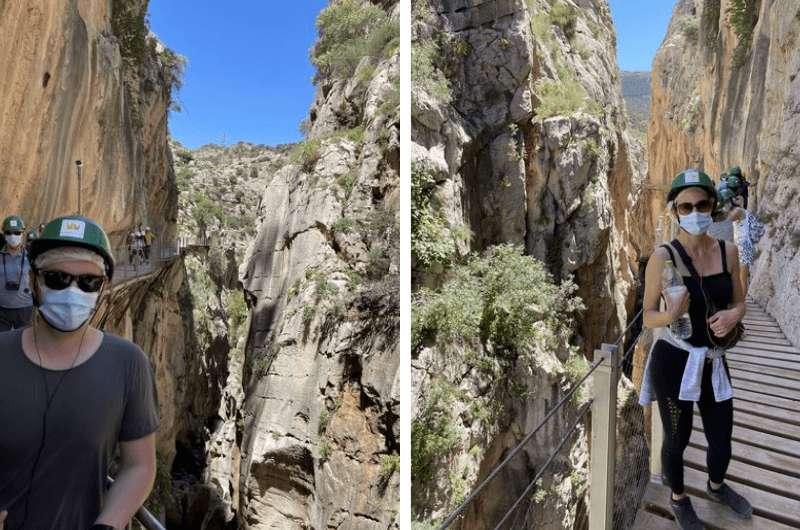
Water: check! Masks: check! Hiking in El Torcal can begin!
Spain Travel Health Portal—This is the top spot to check. Here you’ll get all the current information about Spain’s entry requirements and restrictions relating to covid. It is exhaustive, easy to understand and in English! Plus in a variety of languages spoken in Spain.
That there are so many languages spoken in Spain is still fascinating to me. Read more about Spain here to learn more fun facts.
Side note: I love that the avatar of the lady talking you through the video is wearing statement earrings, hipster glasses, and unruly hair. In my country, she’d be sporting a high bun and a high neckline, probably with a stern facial expression. The Spanish representative is so Spanish!
Health Ministry of Spain—This link will take you to the COVID section in English [update 2023: link no longer works, COVID is gone, hoorah!]. There are many long, blue, clickable drop-down menus on the bottom half of the page. These summarize things like risk and high-risk countries and, COVID-19 document requirements, procedures on arrival, etc. Most of them then give you a link to the Travel Health Portal mentioned above, where you’ll find the complete info.
Risk and high-risk countries—I want to mention the list of risk and high-risk countries specifically because it is updated every week. There is a PDF document that is re-uploaded every 7 days in one of the drop-down menus on the Health Ministry’s website mentioned above.
There is a FAQ pdf under the “Health control form and accepted certificates” menu on the Health Ministry’s website [update 2023: link no longer works, COVID is gone, hoorah!]. It contains detailed information on what types of certificates are accepted and what they need to include to be valid for entry.
Health form—See the section below for all the details about how and when to fill out the passenger locator form aka health form. Anyone entering Spain, including returning Spanish nationals and people in transit, needs to fill this out and obtain a QR code. There is an individual form and a group/family form. If you are arriving by ferry or cruise ship, there is a different form for you.
The current rule is that at least the last dose of your vaccine must be authorized by the World Health Organization or the European Medicines Agency in order for it to be accepted for entry into Spain. Check the individual links of the agencies mentioned and see if you’re ok to go. Then check the vaccination section below to read more details.
It’s also good to be able to check the latest Spanish news in general.
Tip: Your hotel will be a good source of travel requirement information, too. Contact the reception ahead of your trip if you have any questions about practicalities. In case you get sick during your trip, they will also be able to help you figure out how to get tested for COVID-19.
2. Spain’s entry requirements based on where you are from
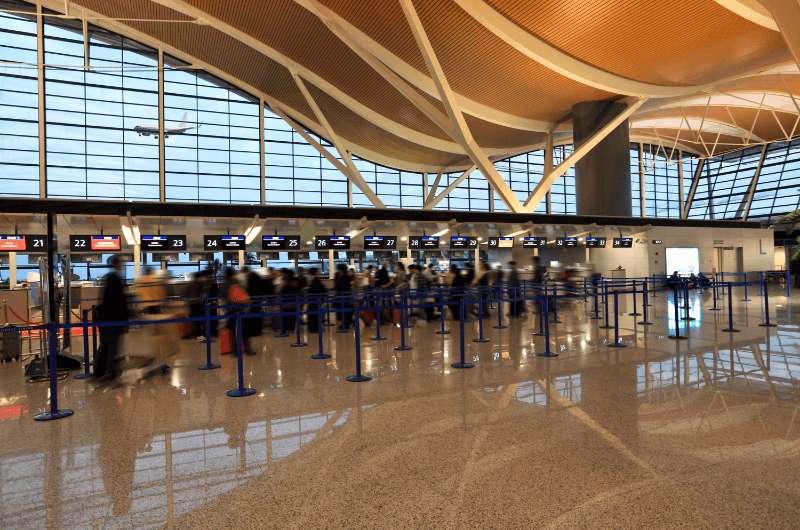
If you’re here, you’ve either navigated Spain’s travel restrictions or you're about to be sent home. Good luck!
Your journey to Spain will start not at the airport, but at your computer or smartphone. And, for a lot of people, months before that, with a needle in their shoulder.
Spain has varying entry requirements depending on where you come from. There are two groups, EU and 3rd countries, further divided by the level of COVID risk you pose to Spain.
Here is an overview of the general rules of entry as of February 10, 2022. The categories are updated weekly, but the basic requirements seem to stay the same, at least for the time being. Even so, always, always, read the most current information in the links provided below.
I wanted to put this list right in the beginning so you could clearly see if you need a vaccination. That is the one thing that could prevent you from going to Spain at all. See below for further explanations of the individual requirements.
EU nationals in the “no risk” category
- Health form
EU nationals in the “risk” category
- Health form
- Full vaccination or negative test or recovery
- Children under 12 years old only present the health form
EU nationals in the “high-risk” category
- Health form
- Full vaccination or recovery
- Negative test
- Children under 12 years old only present the health form
3rd countries in general
- Health form
+ either:
- belong to one of the categories specified in the list [update 2023: link no longer works, covid is gone, hoorah!] that means you are an essential traveler (find the long, blue drop-down menu for 3rd country nationals in the bottom half of the page)
or
- full vaccination (including children under 12 years old)—UK nationals must always be vaccinated for travel to Spain, there’s no way around it
or
- be on the list of exempt countries (find the long, blue drop-down menu for 3rd country nationals in the bottom half of the page), currently e.g. New Zealand, UAE or China
3rd countries in the “risk” category
- Health form
- Meet the general entry requirements for 3rd country nationals (see above)
- Full vaccination or negative test or recovery (UK nationals, including children under 12 years old, must have full vaccination in all cases)
3rd countries in the “high risk” category
- Health form
- Meet the general entry requirements for 3rd country nationals (see above)
- Full vaccination or recovery (UK nationals, including children under 12 years old, must have full vaccination in all cases)
- Negative test
3rd country nationals are subject to taking a COVID test upon arrival in Spain if the employee at the airport decides that they want you to. This is even if you present all the documents you are required to have with you.
3. Where to find Spain’s passenger locator form, FCS or whatchamacallit
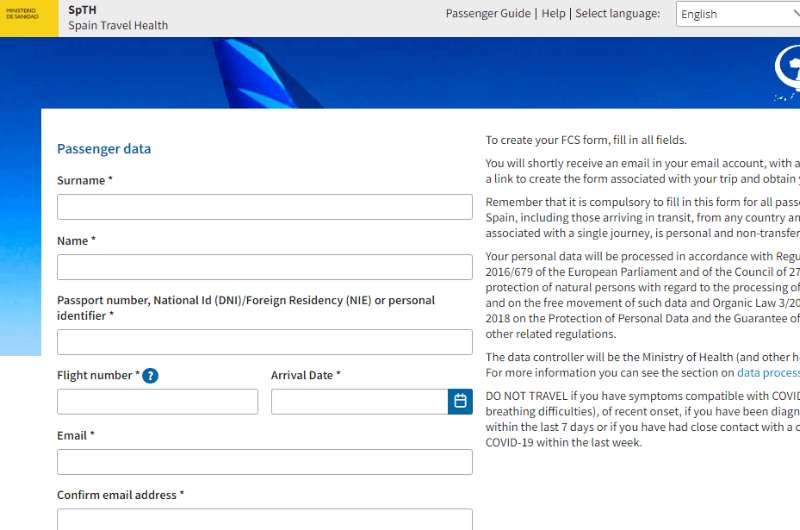
The first part of Spain’s health form, before you get your security code
You’ve decided that you are able to jump through all the hoops that Spain has so jovially set up for travelers. Now it’s time to fill out the health form—otherwise known as the passenger locator form—the basic document you will need to be allowed entry to the country.
Tip: In Spanish, this form is called Formulario de Control Sanitario. On many websites, you will see this form being referred to as an FCS form or health control form. We’ll stick to the health form.
One more time for the people in the back: You can be vaccinated all you want, but if you can’t present the QR code from this health form at the airport, you can turn around and go home.
This is true even if you are just in transit or are a Spanish national. The only time you do not need it is if you drive into Spain.
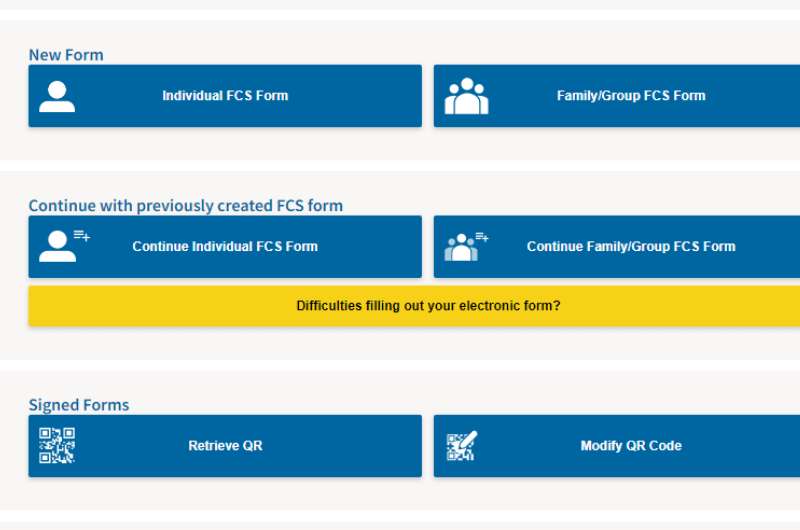
These are the choices of passenger locator forms, or FCS, on Spain’s Travel Health Portal
The health form is available either through Spain’s Travel Health Portal, or through an app called SpHT. The app makes it slightly easier because you will have all your travel form information and the resulting QR code in one spot.
Every single person traveling has to have their own QR code. Each form is valid for a particular person and a particular trip. It is not transferable in any way. Children are people too, so make sure they have their own form filled out.
You can fill out an individual form or a family/group form. The details you are required to fill in for each person are the same in both forms. The group form just allows you to skip the first verification step for every other person besides the one filling in the form.
4. Tips on filling out Spain’s Health Form
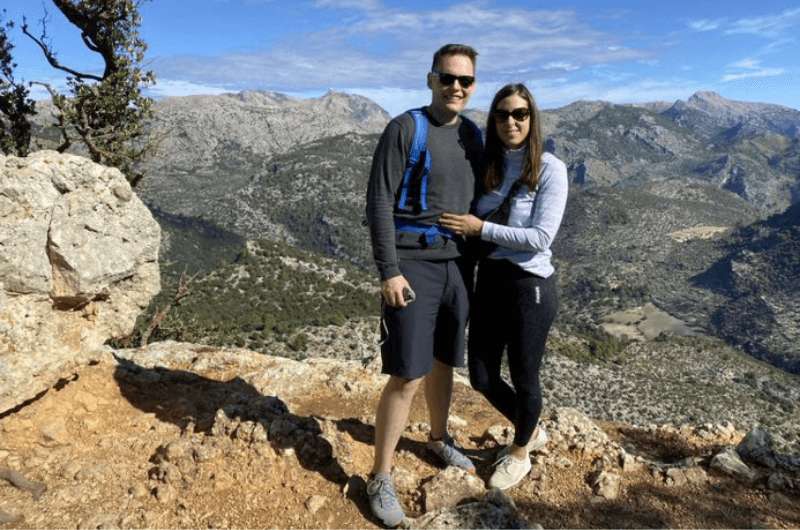
We conquered Spain’s entry requirements, not we can conquer this hike in Mallorca
Whatever you do, don’t pay the silly amounts that I’ve seen some websites ask for completing the process for you. It takes about 10 minutes to fill out the whole thing and is straightforward (and free).
Here’s what you need to know:
When to submit the health form
You can start filling out the form once you have your flight details, but it won’t allow you to finish the process earlier than 48 hours before your planned arrival to Spain. You can return to your pre-filled-out form whenever you want to finish it and hit submit.
If you want to get it done in one sitting, wait until after you check in online for your flight. One of the flight details you will need to fill in is your seat number, and you won’t have that before you check in.
What information do you need to have ready?
Besides your personal and flight details, have your hotel information, passport, and COVID documents on hand.
To begin, enter your name, date of birth, passport number, travel date and flight number. If you have connecting flights, you will want to use the flight information of the final leg of your flight, i.e. the one that lands in Spain.
This first screen also allows you to check a box if you are just in transit or if you will be traveling with a child.
After this little intro, you will receive a security code in your email. You need that code to move on in the passenger locator form filling-in process (try saying that 3 times fast!).
The 5 steps in the health form
Once you enter the security code, you will be taken to another 5 steps that you need to work through.
The first screen is your personal details like address and telephone number.
Next, more flight details. This time including your seat number. It is mandatory to enter that information, which is why I recommend waiting until after online check-in to fill out your health form.
You will also be asked about your address in Spain. In case you will be moving around, fill in your first accommodation.
In the next step, you will be asked about your travel history in the past 14 days. If you have any connecting flights in any other countries, include those countries as well.
You’ve already entered the final leg of your flight in the first steps, but you will also be asked about your originating flight. This is important because this is what your COVID document requirements are based on.
After you choose the reason for your travel, you go to the fourth step, health questions and COVID-19 documents.
If you have an EU COVID Digital Certificate (choose QR Fast Control), you’ll upload it directly into the health form and it will be automatically checked. If you have paper documents (Documentary Control), you will spend a few minutes filling out all of the details from your certificate manually.
Important! Whichever COVID document you use to get your QR code is the document you will be expected to present at the airport when traveling. So don’t put in your vaccine information into the form and then travel with a recovery document. They will mind.
For children under 12 years old who do not need COVID documentation, this is called Fast Control.
The final screen is just you confirming that you won’t travel if you are presenting symptoms that could be covid-related.
As I said, if you have all the information on hand, you shouldn’t have any trouble with this form. There is a FAQ section for the health form that you can refer to if you get stuck [update 2023: link no longer works, covid is gone, hoorah!].
If you are arriving by ferry or cruise ship, there is a different form for you. The general idea and process are the same, you just need your vessel info instead of your flight info.
If you are driving into Spain, you don’t need an FCS form at all. (Make sure to check current info before you travel!)
Get your personal QR code
Once you enter your health form, your personal QR code will be generated for you. This process starts automatically, you don’t need to do anything to get it. Your QR code will also be sent to your email, you will get a text message with a link to it and it is also saved in the app if you are using it.
At the airport, usually before and after your flight, you need to present the QR code on your phone or print it out on paper. That’s it.
5. Are all vaccinations accepted?
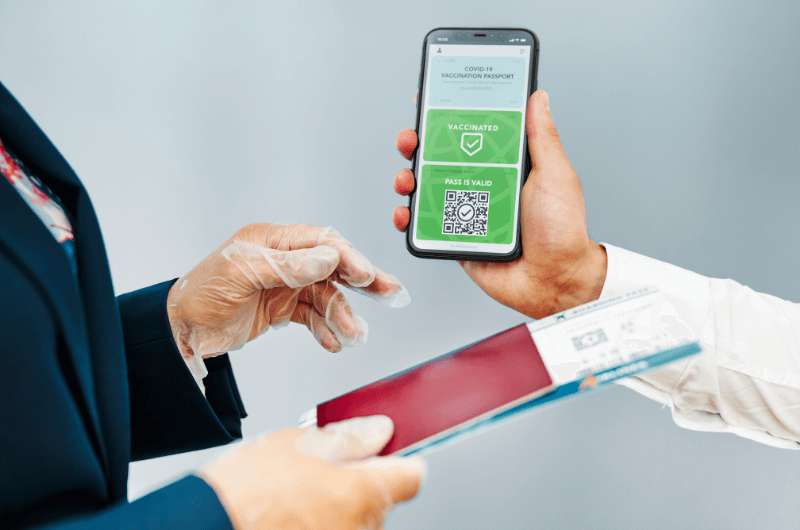
Full vaccination is one of the COVID documents you can use to enter Spain
If you finished your vaccination before February 1, 2022 and didn’t have the booster by then, your previously “fully vaccinated” status ends 270 days after your last dose. Once it ends, you need the booster to restart your certificate’s validity.
If you are finishing your vaccinations after February 1, 2022, you have to have the booster shot to be considered fully vaccinated. You are good to travel from the day your booster was administered.
No matter where you’re from, at least the last dose of your vaccine must be one authorized by the World Health Organization or the European Medicines Agency.
You can present proof of vaccination in the form of an EU Covid Digital Certificate or you can bring a paper original of your certificate. This must be in either Spanish, English, French or German.
If you are only in a Spanish airport on a layover, you do not have to present a covid certificate of any kind.
Be sure to double-check this information before your trip at the links mentioned at the beginning of this article.
6. What does a recovery certificate look like?
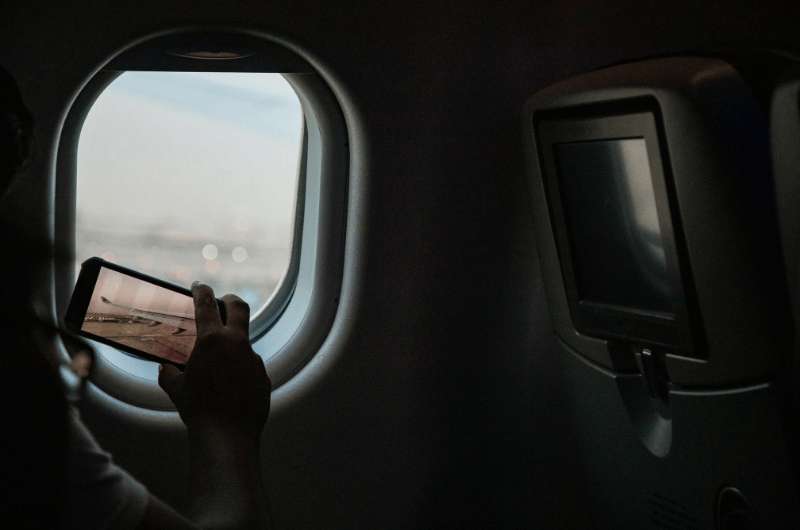
Traveling after conquering covid
Have you had covid? Great! I mean since you are considering travel, I expect you did ok. If not, I’m glad you’re ok now! You can use that experience to count as your covid document.
Spain currently accepts recovery as proof of your covid immunity for 180 after the sample date of your positive PCR test. You can start packing your bags at least 11 days after your test first. That’s the earliest Spain will accept your recovery document.
Your certificate has to include the date of your first positive test, indicate that you are no longer contagious, and state the country where the certificate was issued.
Your test result must be in the form of an EU Covid Digital Certificate or a paper original in Spanish, English, French or German.
Before you travel, check that the requirements are still the same on the Spanish Health Ministry’s website [update 2023: link no longer works, covid is gone, hoorah!].
7. Antigen or PCR test?
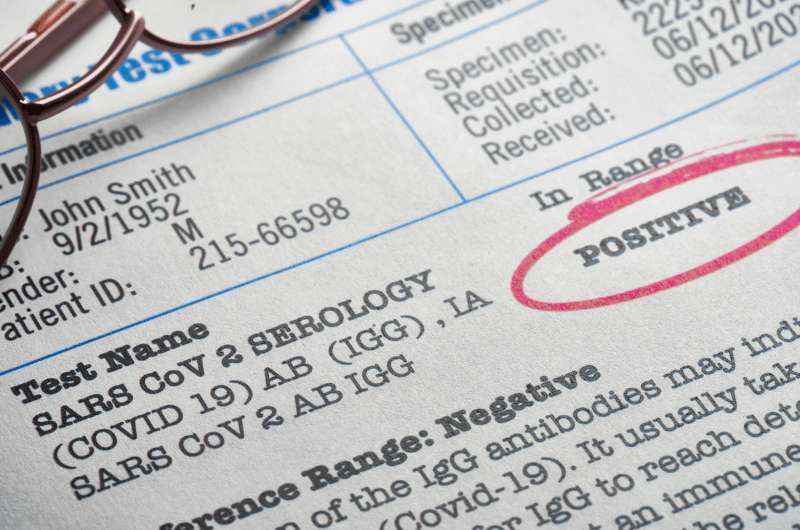
This isn't what you want to see after taking your Antigen or PCR test...
Spain currently accepts both types of tests as proof that you won’t be spreading covid in their beautiful country. At the time of writing that is. Spain’s Travel Health Portal is easy enough to check for current requirements. The Health Ministry has a nifty drop-down menu thingy for a summary of testing information as well [update 2023: link no longer works, covid is gone, hoorah!].
Also at the time of writing, your negative PCR test result (or other type of NAAT test) can’t be older than 72 hours before your arrival in Spain, while the antigen (or RAT) test must be carried out a maximum of 24 hours before arrival. It’s good to know that your time starts ticking the moment that cotton swab goes up your nose, not when you get your test result, so plan your test times accordingly.
Just like the other certificates, your test result must be either in the form of an EU Covid Digital Certificate or a paper original in Spanish, English, French or German.
For full details of what the certificate needs to include, check out the FAQ pdf under the “Health control form and accepted certificates” menu on the Health Ministry’s website [update 2023: link no longer works, covid is gone, hoorah!].
8. What else could they possibly want?

Christopher Columbus ignored all the travel restrictions during his travels from Spain (at CC’s tomb in Sevilla)
Don’t forget to consult your airline’s travel restrictions as well. Most often, they enforce whatever the destination country requires, but they can be extra diligent and have other conditions of their own, too.
Also check if the countries you are transferring through have a set of their very own requirements for layover passengers. Nobody travels without a mask nowadays, but you might need extra documents even if Spain doesn’t ask you for them.
Remember: You need to abide not only by Spain’s entry requirements, but also take into consideration your airline and countries from the other legs of your trip. It is always your responsibility to check these, not the airline’s or your mom’s.
9. What are the covid restrictions once you are in Spain?
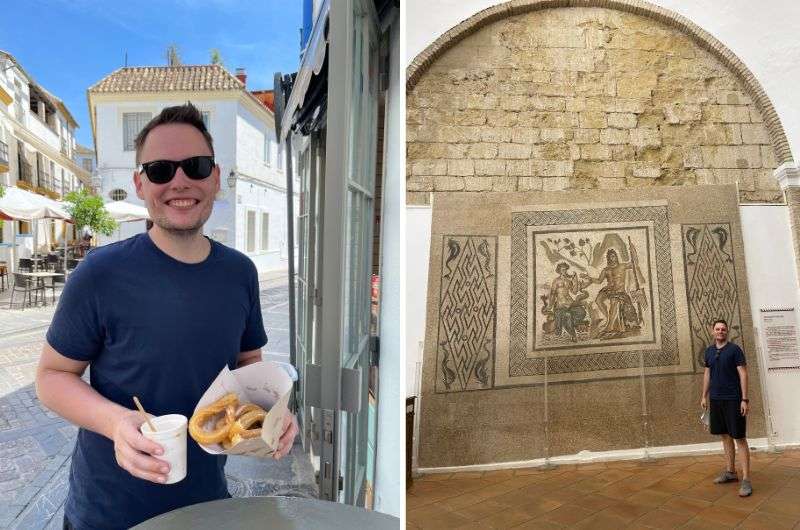
Ready for travel after conquering all of Spain’s entry requirements! Where to start? Mhmmm...maybe Cordoba?
You’ve successfully arrived to the country, checked into your hotel, now what? The usual—wear masks indoors, wash your hands, don’t cough into people’s faces or lick door handles.
Social distancing isn’t really a thing in Spain, but you can try your best. Spaniards are known for popping everyone’s personal bubble within two seconds of meeting them. Good luck keeping your distance.
Always have your covid document with you in case you are asked for it when sitting down at a restaurant or museum.
Some popular tourist places now also require booking in advance so they can limit the number of people visiting at a time. The famed Alhambra Palace in Granada is one of those places (more tips on the best places to visit in Andalusia here).
If you do cough, have a fever or feel sick, get tested and stop sightseeing before you get a negative test result. It might be leftover travel fever, but it’s better to be safe than sorry. You can ask your hotel concierge or reception to provide you with information on where to get tested. Or, call the covid hotline number for the region you are staying in.
The emergency number in Spain is 112. Call this number if you need urgent healthcare.
This post may contain affiliate links. We earn a small commission if you make bookings through my links, at no additional cost to you. This helps us keep this blog free, thank you!










Comments | Thoughts? Give us a shout!